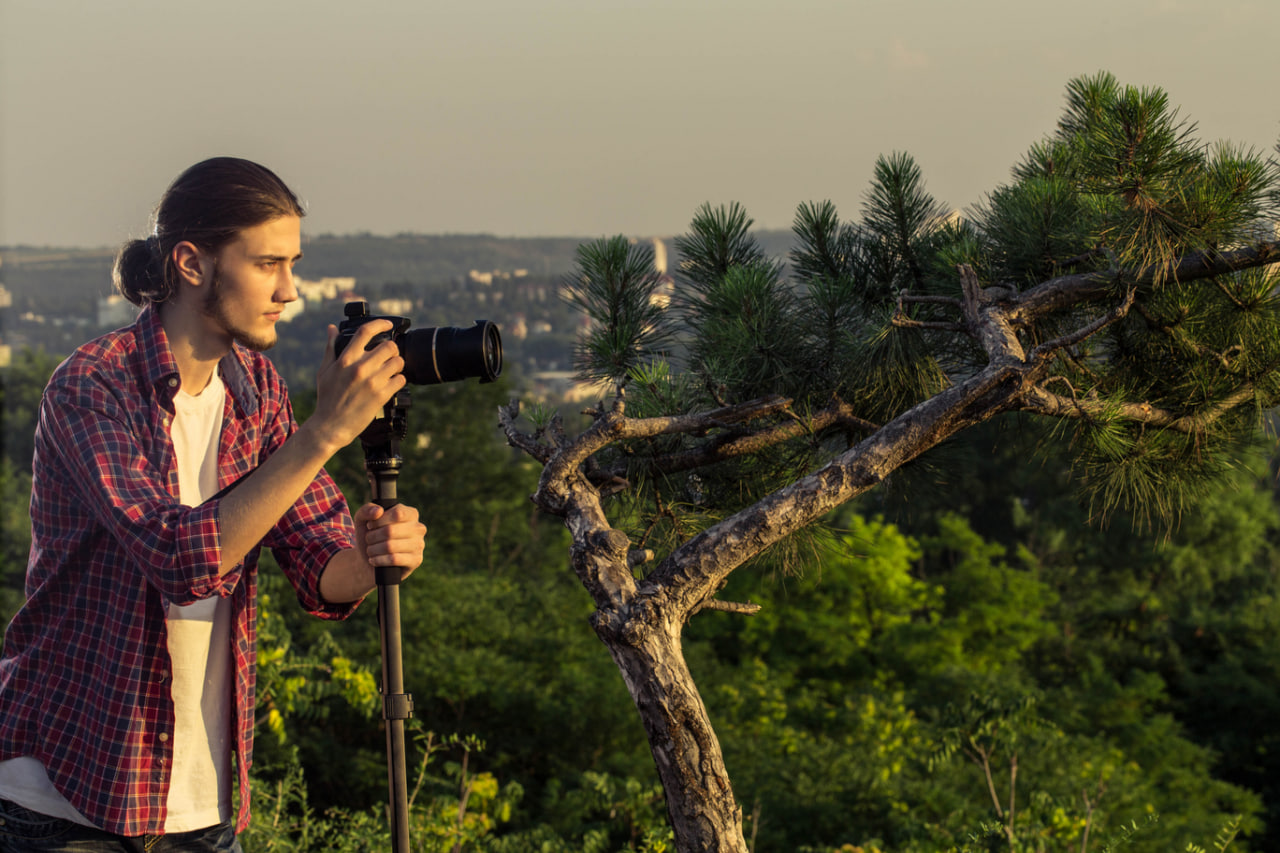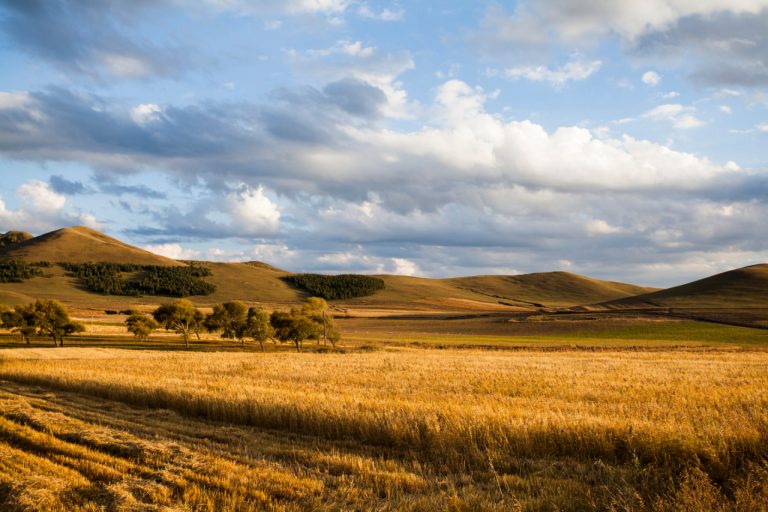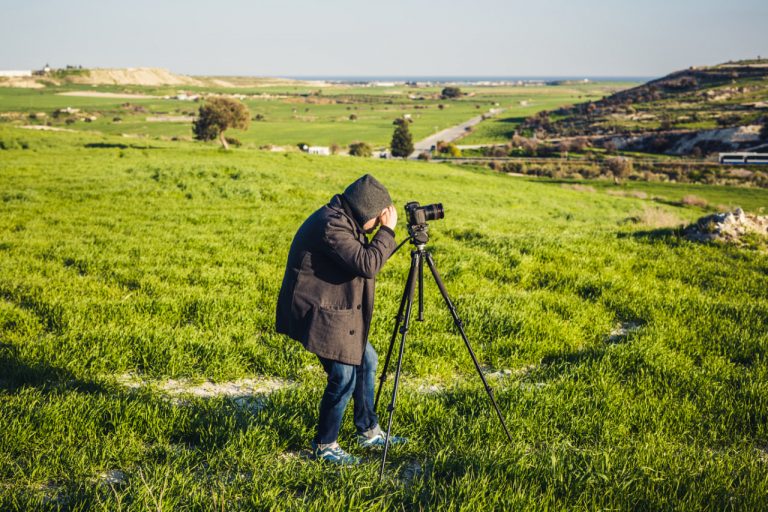Composition is the cornerstone of compelling landscape photography. How you arrange elements from the foreground to the horizon directly affects the impact, depth, and storytelling of an image. Mastering composition allows photographers to guide viewers’ eyes, emphasize key subjects, and create visually engaging scenes that evoke emotion and wonder.
Understanding the Layers of a Landscape
A strong landscape photograph often relies on the effective use of multiple layers: foreground, middle ground, and background. Each layer plays a role in creating depth and perspective:
- Foreground – Introduces context and leads the viewer into the scene. Rocks, plants, or water reflections can serve as anchors.
- Middle Ground – Contains primary subjects like trees, mountains, or buildings, providing structure and interest.
- Background – Completes the image, often with horizons, skies, or distant mountains, offering scale and mood.
Recognizing and organizing these layers helps photographers create balanced, immersive compositions.
Using Leading Lines
Leading lines are one of the most effective tools for directing attention through the scene. They guide the eye from foreground elements toward the horizon or focal points.
- Natural Lines – Rivers, streams, and trails naturally draw the eye forward.
- Man-Made Lines – Fences, pathways, and bridges can create visual flow.
- Diagonal Lines – Introduce dynamic energy and movement.
- Curved Lines – Lead the viewer gracefully through the composition.
Strategically incorporating leading lines adds depth, focus, and narrative flow to landscape images.
Framing and Perspective
Framing and perspective enhance the visual storytelling of landscapes.
- Natural Frames – Use trees, rocks, or arches to frame the main subject.
- High-Angle Perspective – Offers an overview of the scene, emphasizing scale and layout.
- Low-Angle Perspective – Highlights foreground details, adds depth, and emphasizes textures.
- Eye-Level Perspective – Creates a natural, immersive feel, particularly for intimate scenes.
Experimenting with perspective and framing transforms ordinary landscapes into visually compelling compositions.
The Rule of Thirds and Beyond
The rule of thirds is a foundational principle for balanced and appealing compositions. Position key elements along intersections or lines to create harmony. Advanced techniques include:
- Central Composition – Emphasizes symmetry or powerful subjects.
- Golden Ratio – Uses mathematical proportion for aesthetically pleasing layouts.
- Asymmetry – Creates tension, interest, or dynamic storytelling within the scene.
Knowing when to follow or break compositional rules allows photographers to craft images with purpose and creativity.
Balancing Elements
Effective composition also involves balancing visual weight across the frame.
- Contrast and Color – Bright, saturated elements can counterbalance darker areas.
- Texture and Detail – Rough rocks, smooth water, and foliage add dimension.
- Scale and Size – Incorporate objects of varying sizes to create depth and perspective.
Balanced compositions feel intentional and draw the viewer’s eye naturally through the scene.
Practical Tips for Photographers
Consistent practice and observation are crucial for mastering composition in nature:
- Scout Locations – Study landscapes before shooting to identify optimal framing and vantage points.
- Use Tripods – Ensure stability for precise framing, particularly in low light.
- Adjust Elements – Move slightly, shift angles, or change lenses to refine composition.
- Layering Techniques – Combine foreground, middle ground, and background thoughtfully for depth.
Regular experimentation and critical review improve compositional skill and visual storytelling.




